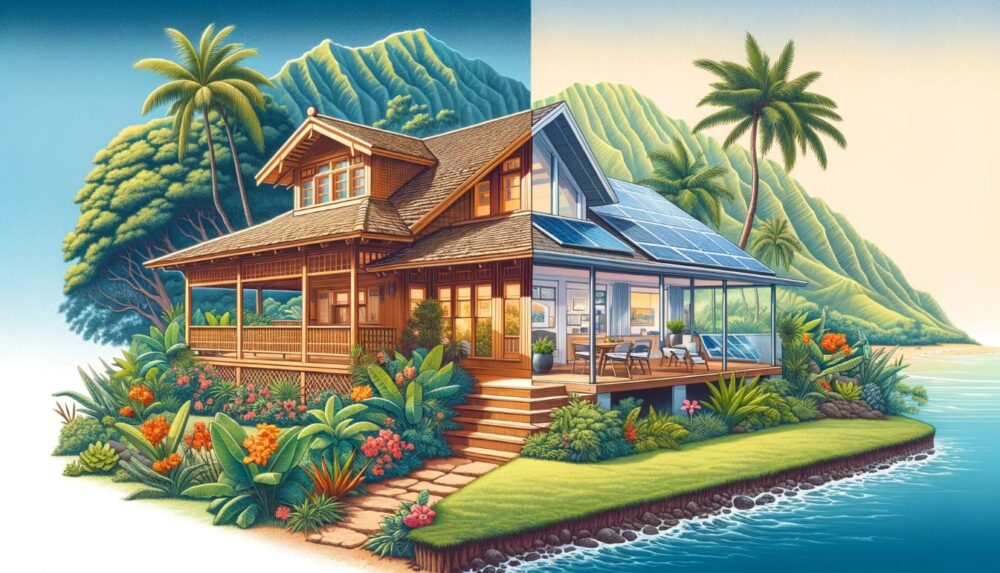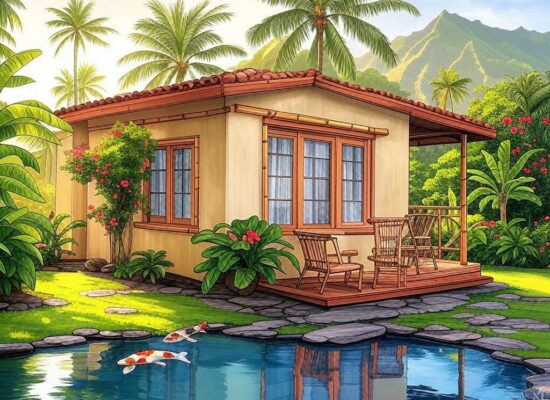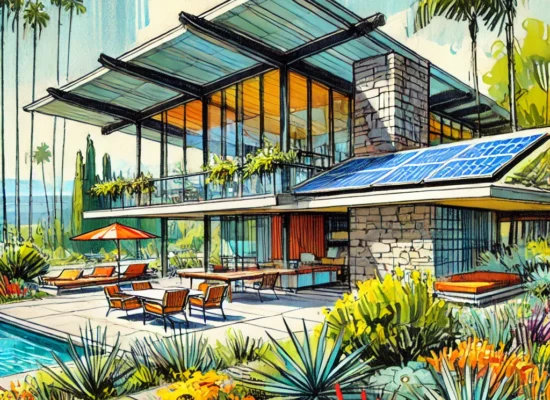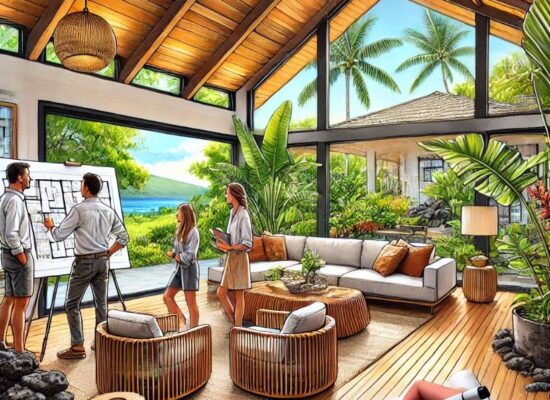The Hawaiian housing market is experiencing a dynamic transformation, driven by shifts in architectural styles, homeowner preferences, and economic factors that directly impact residential design and development. This blog post encapsulates the key trends and future directions of residential architecture in Hawaii, providing a concise overview for homeowners, developers, and industry professionals.
Architectural Evolution
Over the past decade, Hawaii’s residential architecture has evolved from traditional island-style homes to incorporate modern, sustainable designs. Today’s homes are built with energy efficiency in mind, utilizing advanced materials and technologies to minimize environmental impact. This shift not only reflects global sustainability trends but also meets the increasing regulatory demands for greener living spaces.
Changing Homeowner Preferences
The preferences of Hawaii’s residents are changing. The demand for multifunctional spaces has surged, with homes now needing to accommodate remote work, fitness, and leisure activities under one roof. These preferences have spurred a wave of innovations in home design, focusing on flexibility and efficiency to cater to a broader range of lifestyle needs.
Economic and Market Influences
The Hawaii housing market is uniquely influenced by the local economy, particularly the tourism sector, which plays a critical role in shaping demand for residential properties. Economic ups and downs directly affect the market, with increased tourism boosting employment and housing demand, while economic downturns can dampen market activity. The cost of importing construction materials also plays a significant role, affecting the overall affordability and pace of development in the state.
Strategic Insights for the Future
Looking ahead, the balance between development and environmental conservation remains a pressing issue. The ongoing challenge for architects and planners is to design residential projects that harmonize with Hawaii’s stunning natural landscapes while meeting the growing demand for housing. Moreover, the market’s sensitivity to global economic shifts calls for resilient strategies that can adapt to changing economic conditions, ensuring sustainable growth.
Conclusion
The evolving Hawaii housing market offers both challenges and opportunities. Understanding these trends is crucial for anyone involved in Hawaii’s residential architecture, from homeowners and developers to architects and planners. As this blog series continues, we will delve deeper into specific aspects of the market, including economic factors, buyer preferences, sustainability efforts, and technological innovations, all aimed at providing a well-rounded perspective on navigating Hawaii’s residential market today and in the future.
Stay tuned to “Hawaii Housing Horizons” for comprehensive analyses and strategic insights that help stakeholders make informed decisions in a vibrant and changing market.




